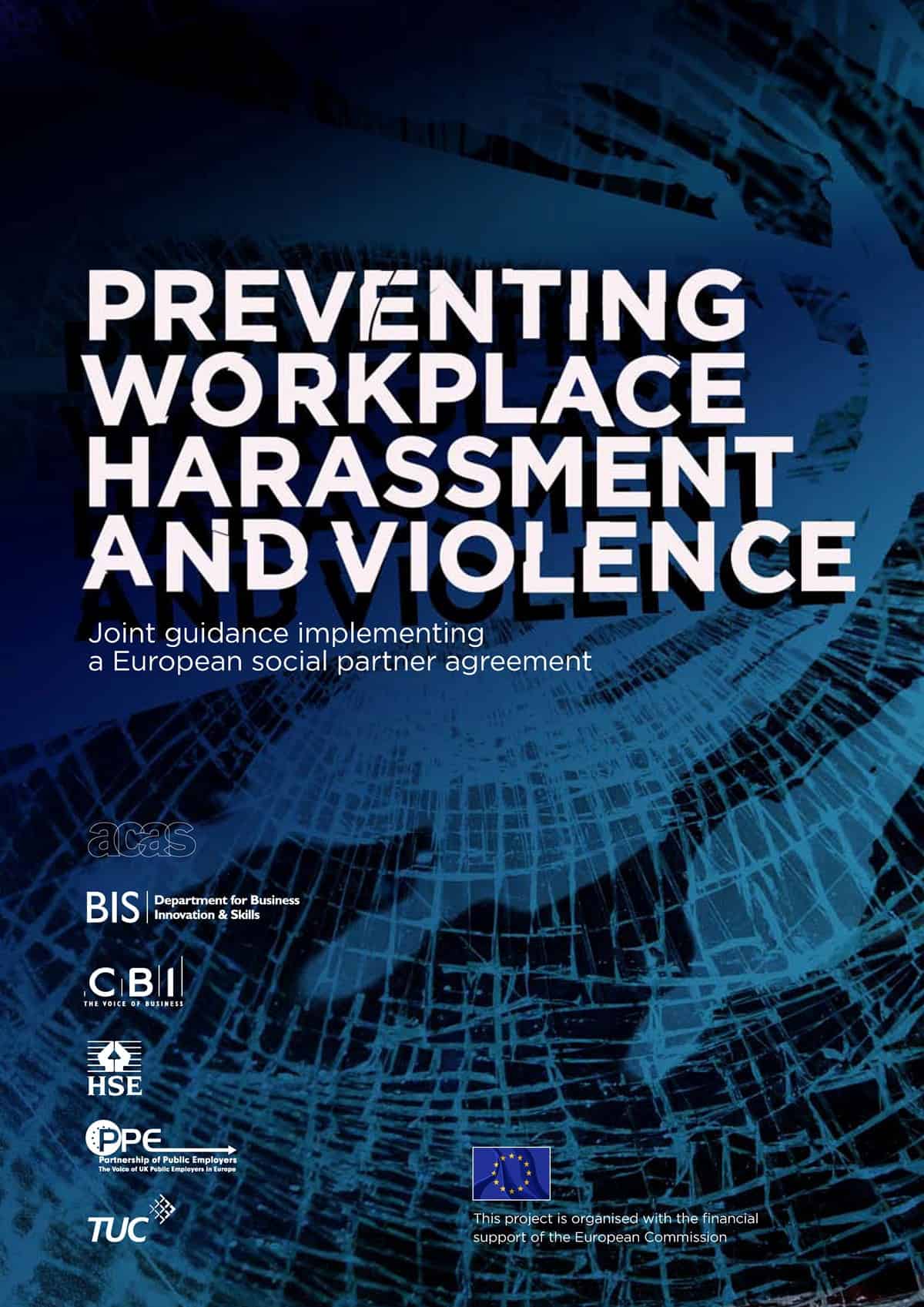On 24 January 2010, the Australian Prime Minister, Kevin Rudd, encouraged all Australians to increase their “productivity growth“. But what if increased productivity could result in developing a mental disorder?
The February 2010 edition of the Harvard Mental Health Letter includes a report that lists the following key points:
- “Symptoms of mental health disorders may be different at work than in other situations.
- Although these disorders may cause absenteeism, the biggest impact is in lost productivity.
- Studies suggest that treatment improves work performance, but is not a quick fix.”
Will the Australian Government review its policy on mental health? Will the Prime Minister accept that productivity and mental health are both long term problems that need strategies that extend beyond his next term in office? Continue reading “Work harder? You must be mad”

